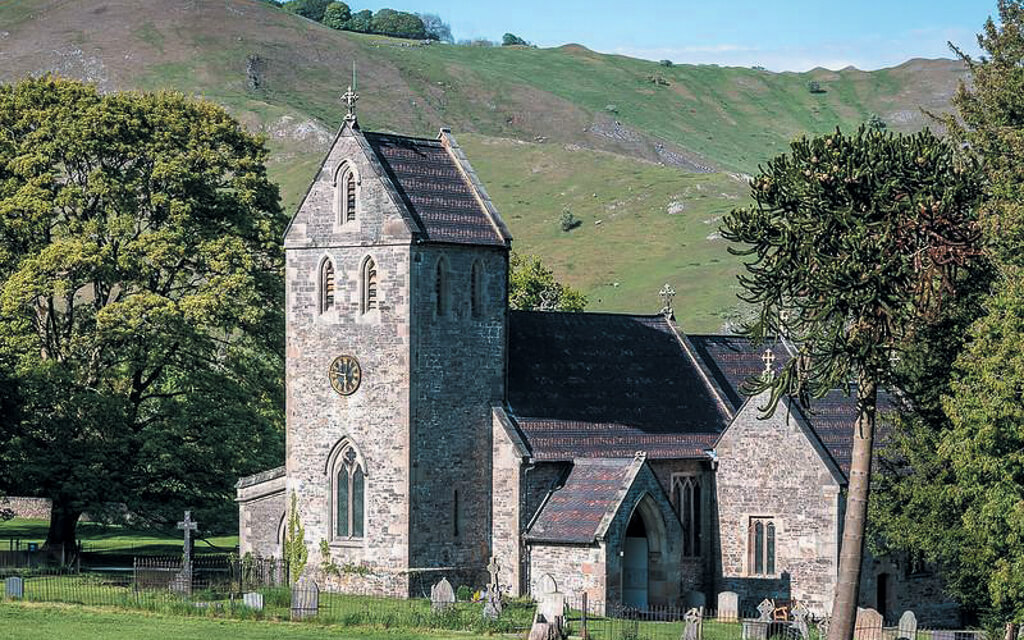WHILE pilgrimages may sound as much a part of history as the Black Death and witchcraft trials they are, in fact, booming in popularity. For example, the Camino de Santiago de Compostela – Europe’s most popular pilgrimage to the shrine of the Apostle James in north west Spain – was completed by a record 442,073 people last year.

The cover of Canterbury Tales by Geoffrey Chaucer.
For Brits who can’t spare the (many) days needed to complete a full European pilgrimage, in the UK several ancient pilgrim trails to historic spiritual sites are also flourishing. From Canterbury to Ilam in the Peak District, there are a number of pilgrimage sites that date back centuries and appeal to walkers and those seeking a spiritual adventure.
Lily Smith, a leading travel expert from monasteries.com, said: “Canterbury Cathedral, where Archbishop Thomas Becket was martyred in 1170, was already an old pilgrimage route by the time Geoffrey Chaucer wrote The Canterbury Tales in around 1400. His colourful band of pilgrims set out from the Tabard Inn in Southwark, London. It’s called the Becket Way from Southwark to Canterbury, and it’s 90 miles.”
The actual Pilgrims’ Way covers 136 miles from Winchester in Hampshire to Canterbury, going across the North Downs, where the Becket Way meets it.
The 130-mile North Wales Pilgrims’ Way takes walkers from Basingwerk Abbey, which served as a hospital for pilgrims going to Holywell, in Flintshire – which did have a holy well and was also a pilgrimage site for centuries – to Bardsey Island off the Lleyn Peninsular, walking through part of Snowdonia.
Locally, to mark the 350th anniversary of the Eyam Plague, the people of Eyam Church designed a Peak Pilgrimage route from Ilam, which used to be a famous pilgrimage site since the days of the Saxon, St Bertram, a former King of Mercia who renounced his title to dedicate his life to Christ, and lived in a cave at Ilam. He is buried at Ilam Holy Cross Church.
The 39-mile Peak Pilgrimage walk normally takes four days and goes through Hartington, Monyash, Bakewell, Edensor and onto Baslow before reaching Eyam.
In 2020, the same Eyam team also designed a 29-mile Hope Pilgrimage, going from Edale, Castleton, Hope, Bamford, Hathersage to Eyam Church.
Find out more about these two walks at peak pilgrimage.org.uk
On that website are these words: Eyam has a sense of being a holy place because of the sacrifice of its people in 1665 when they refused to flee in the face of the plague that arrived from London in a consignment of cloth for the village tailor. Led by the rector, their self-sacrifice motivated by their Christian faith saved the surrounding area but cost about a third of them their lives.









